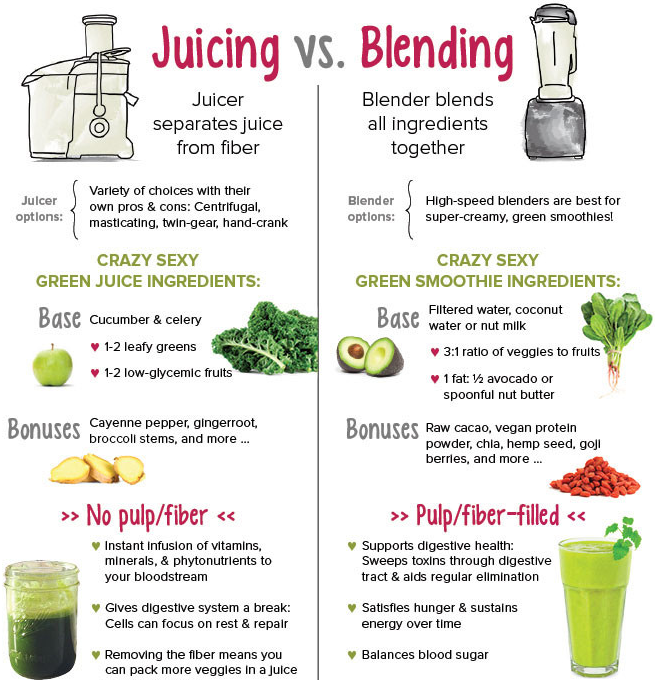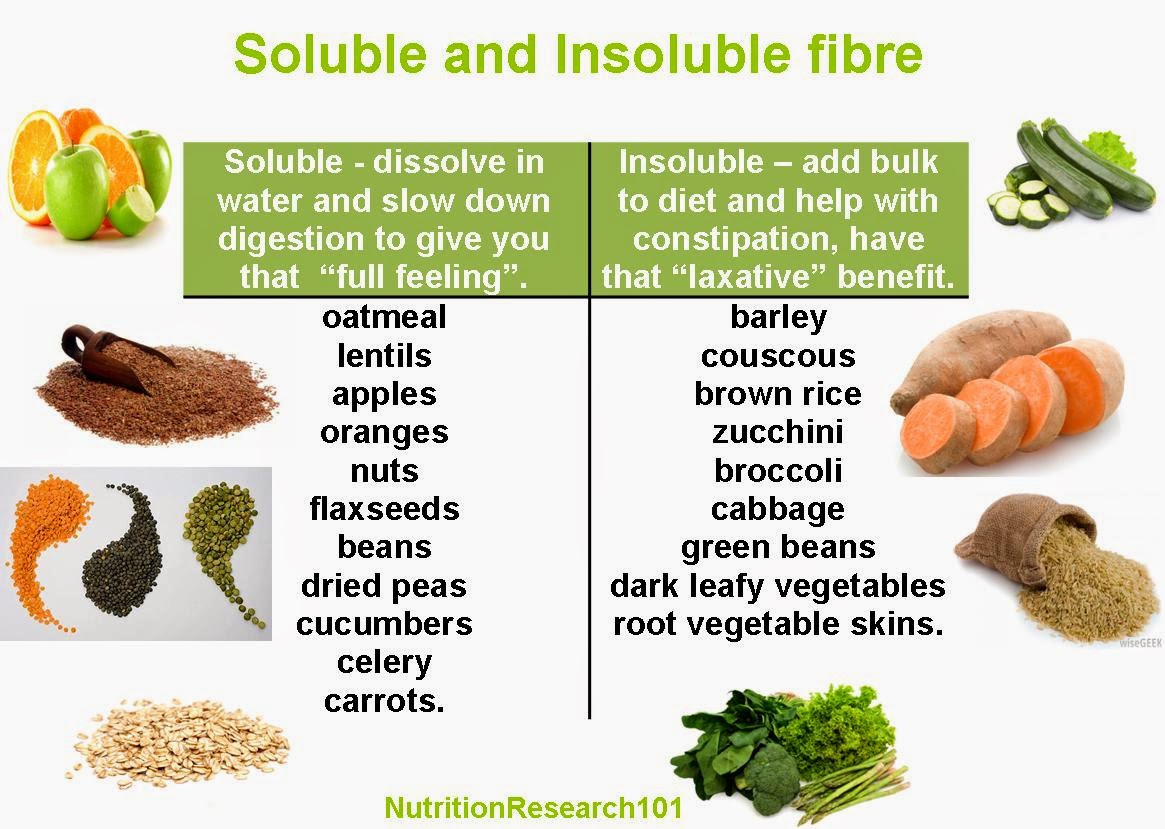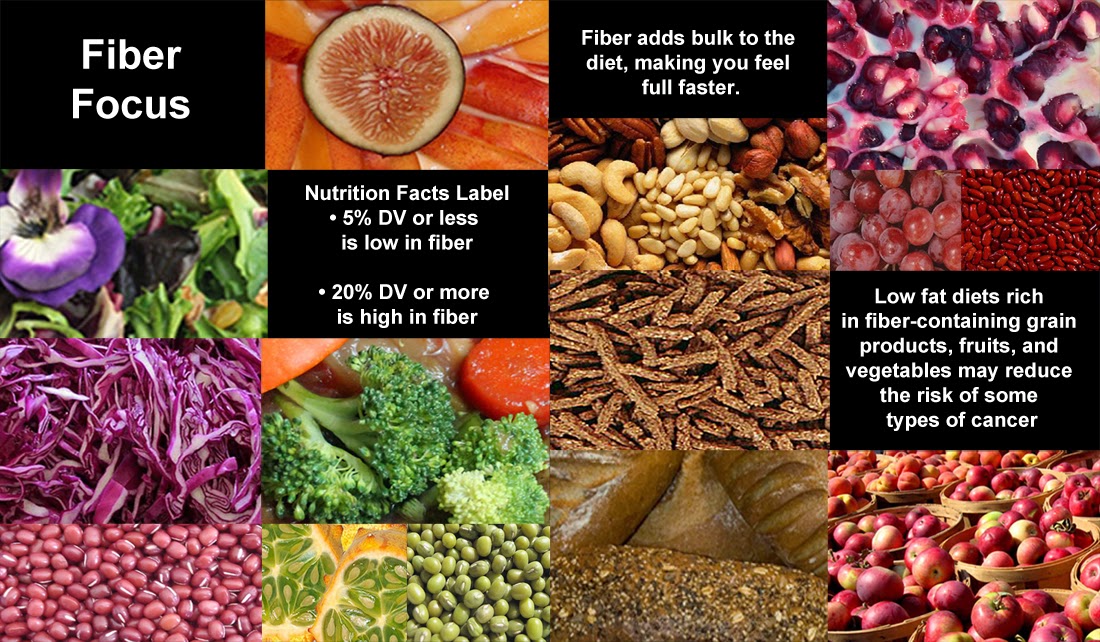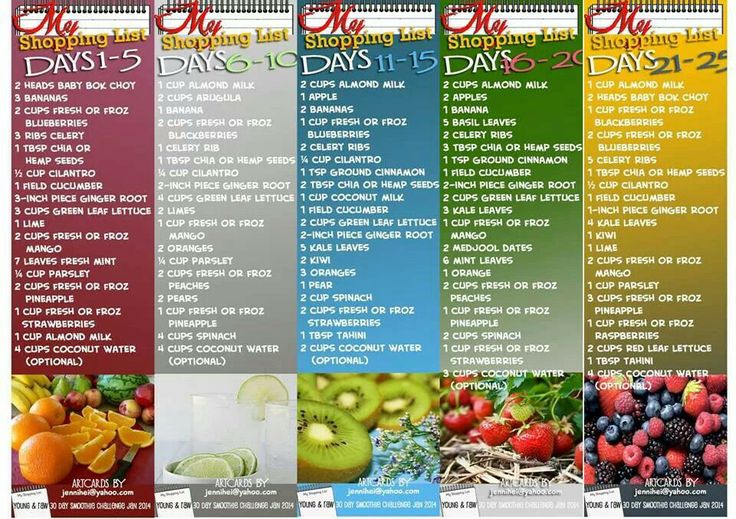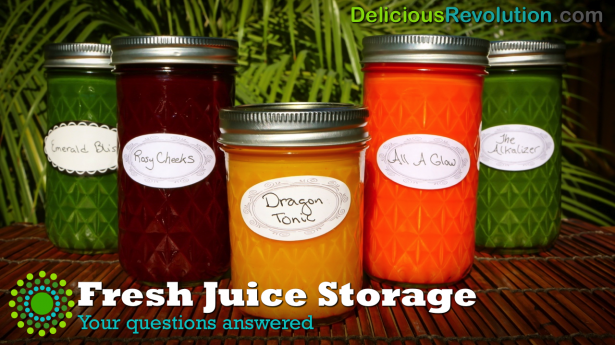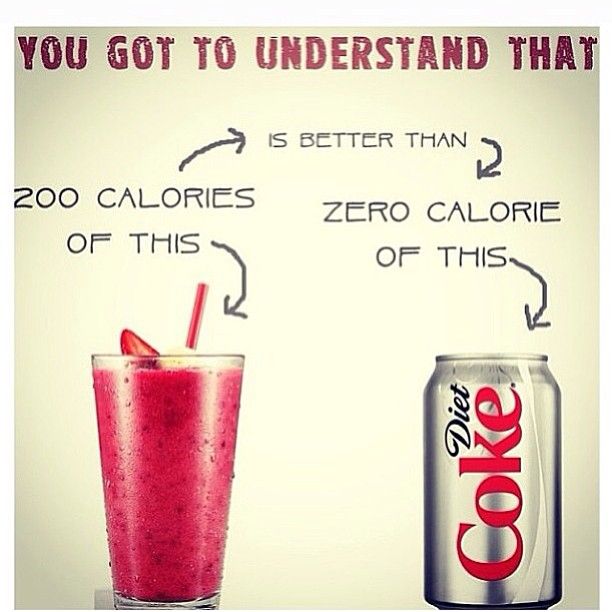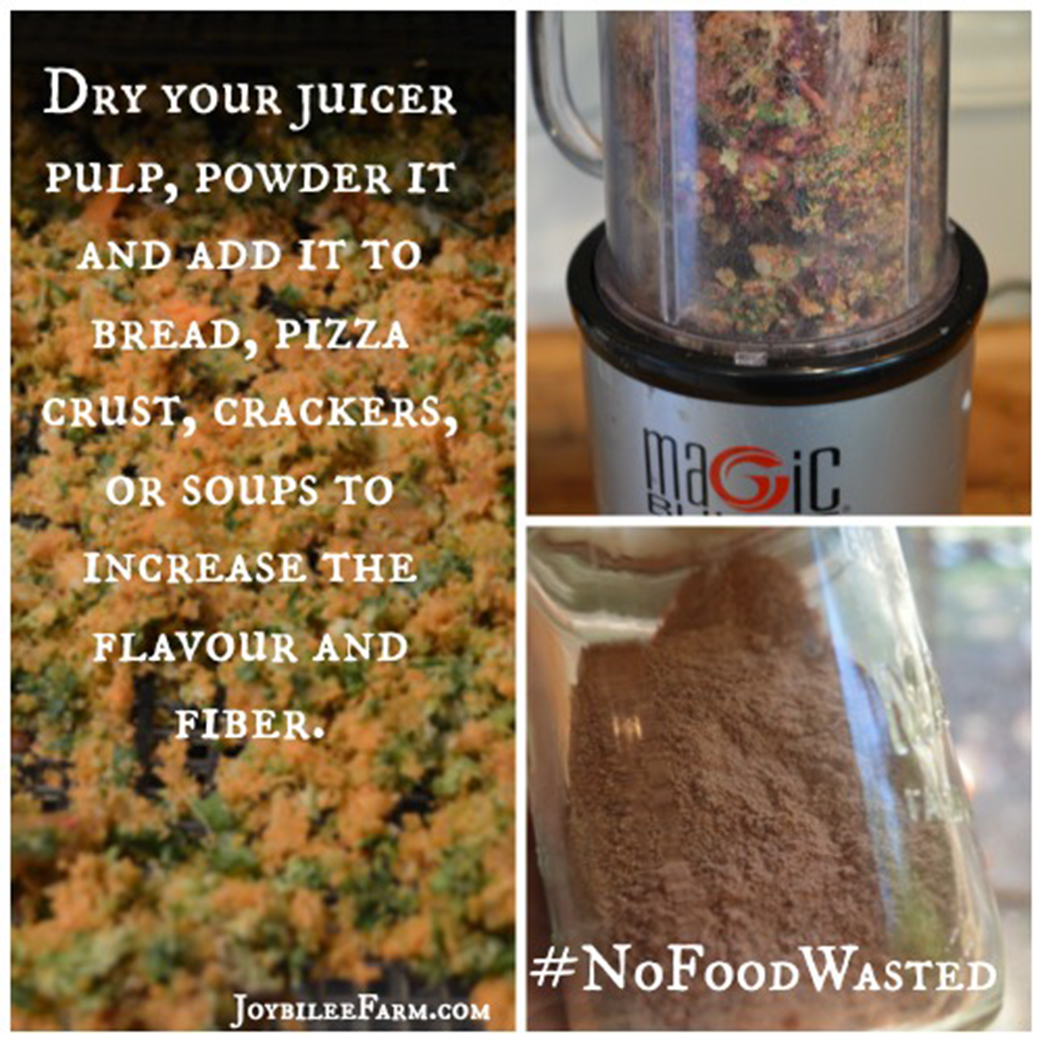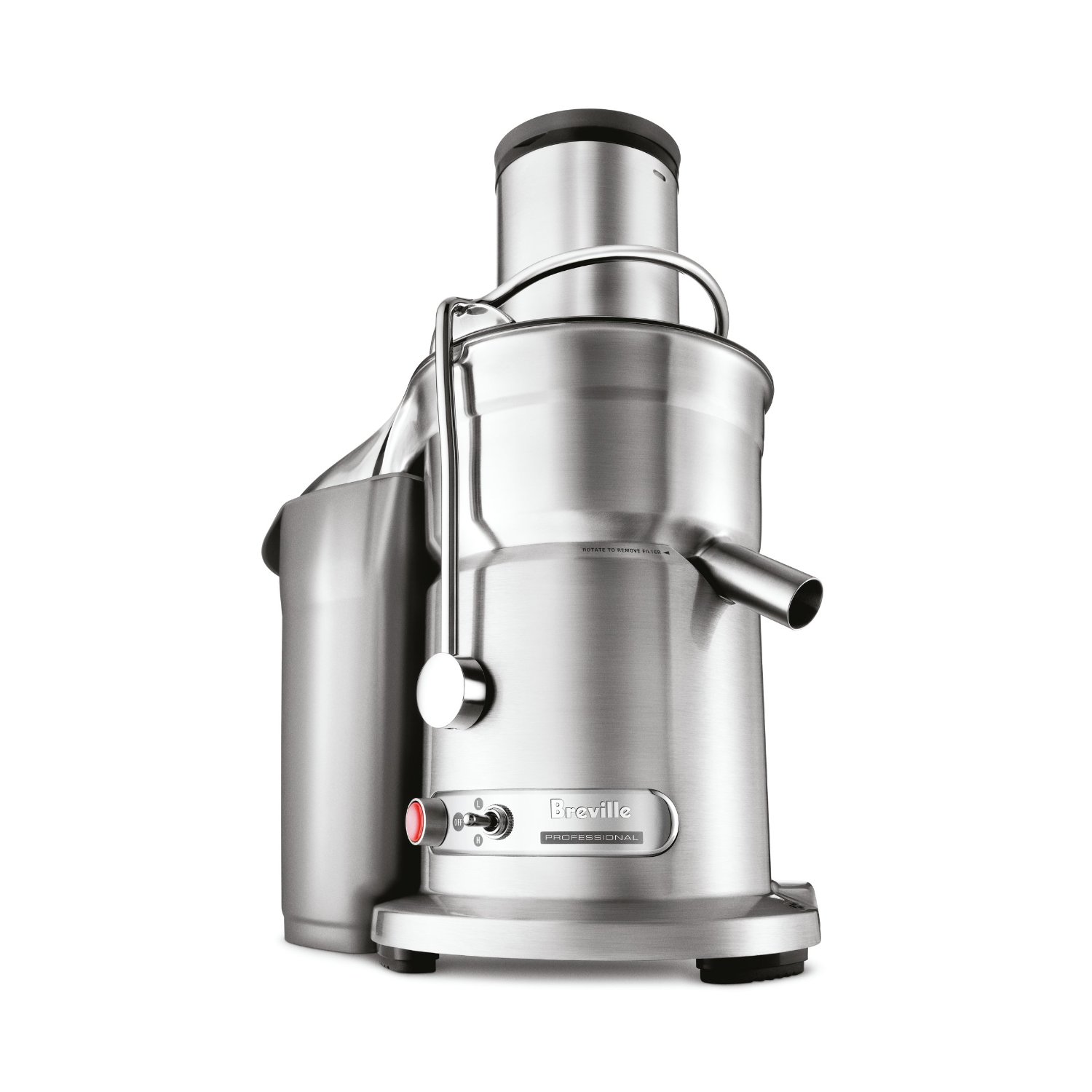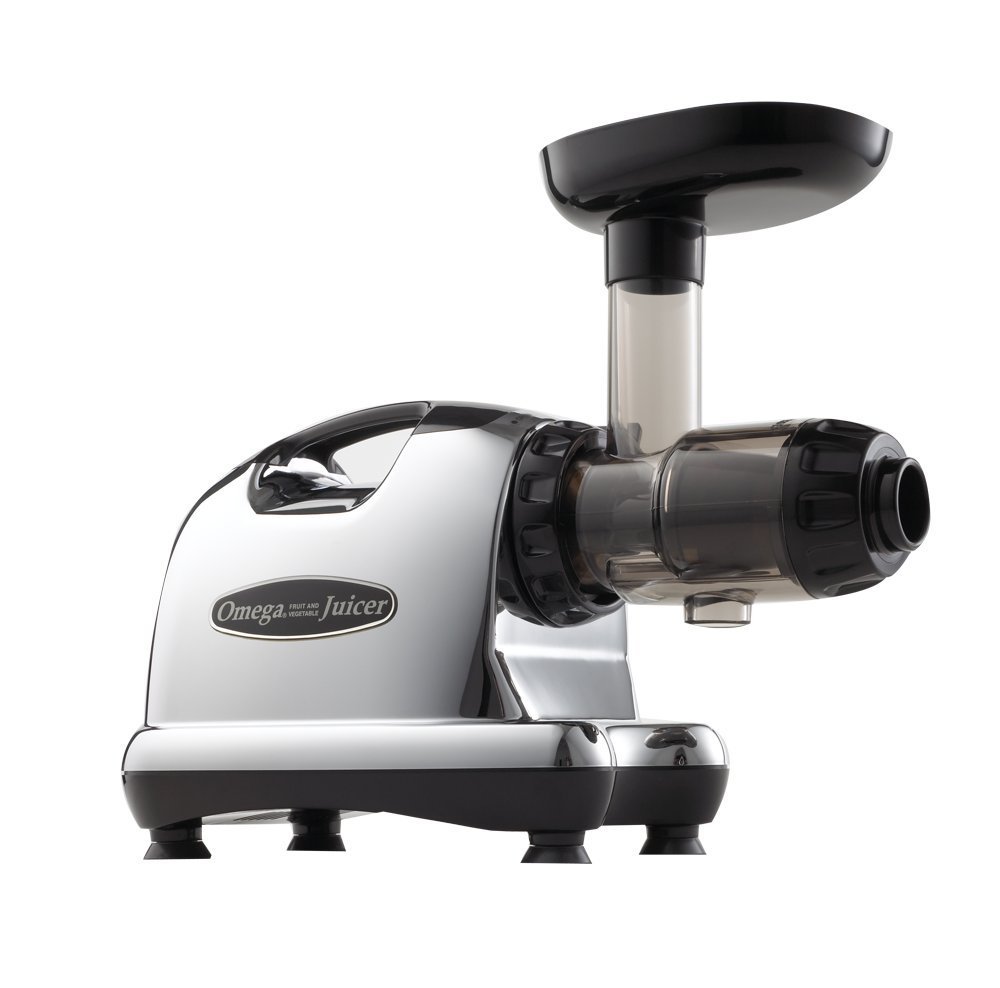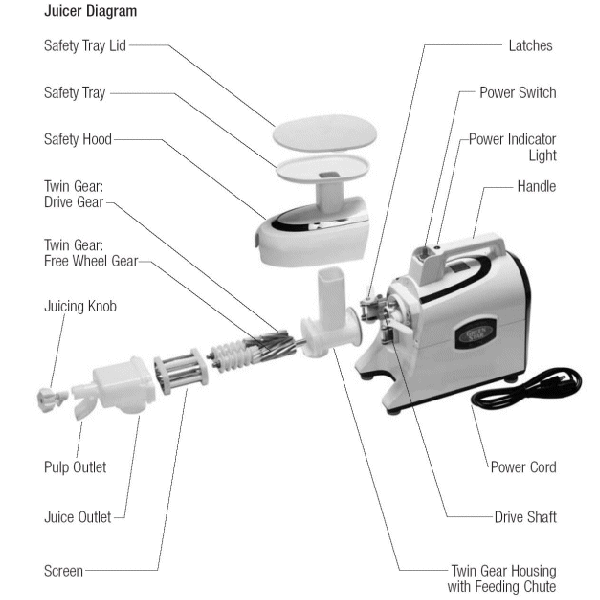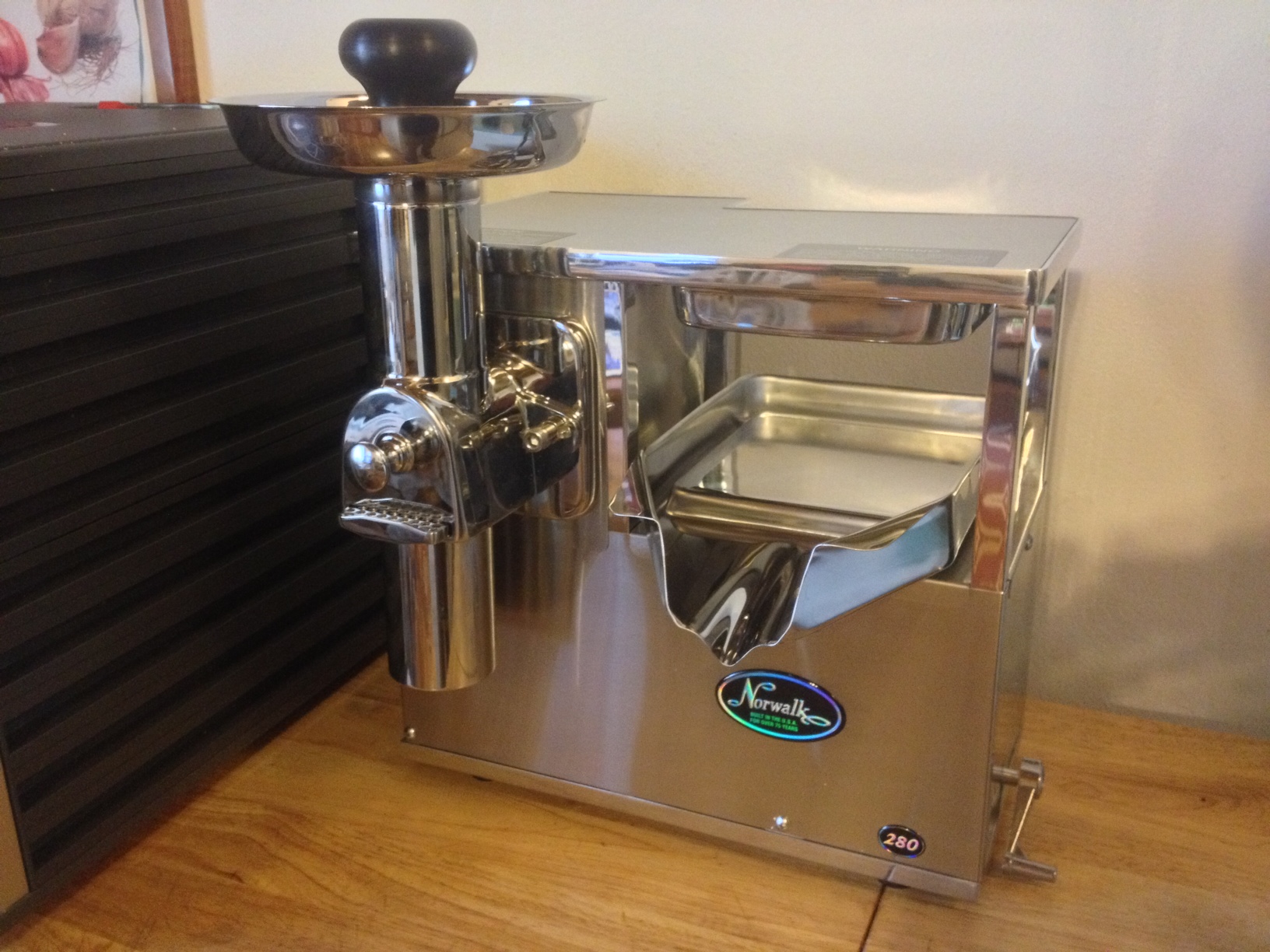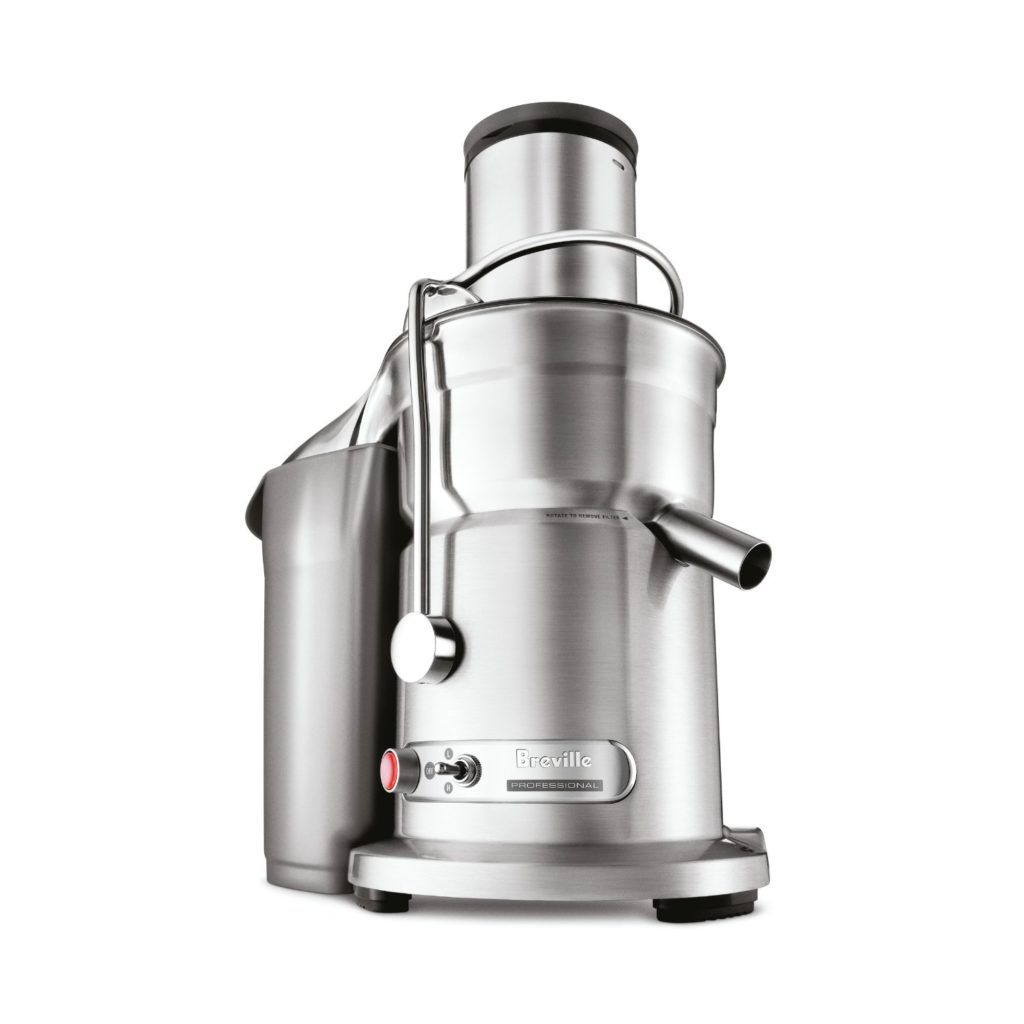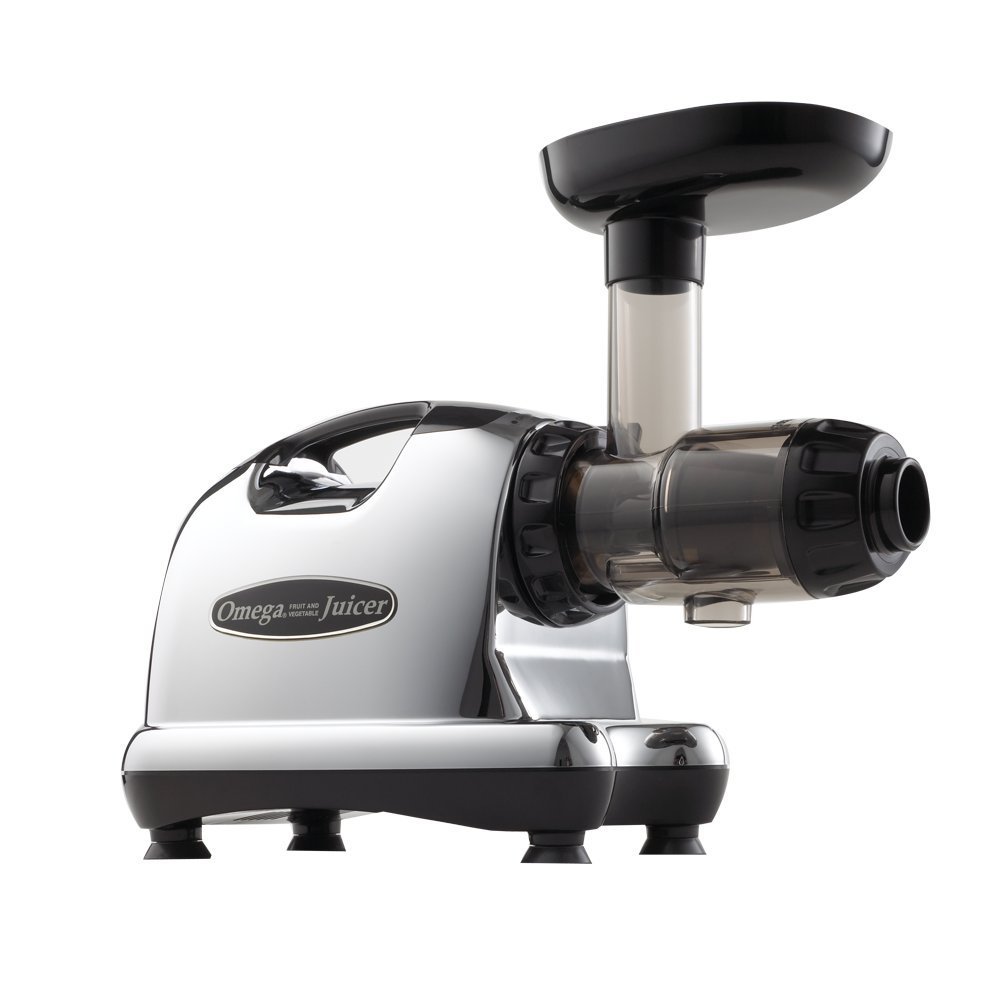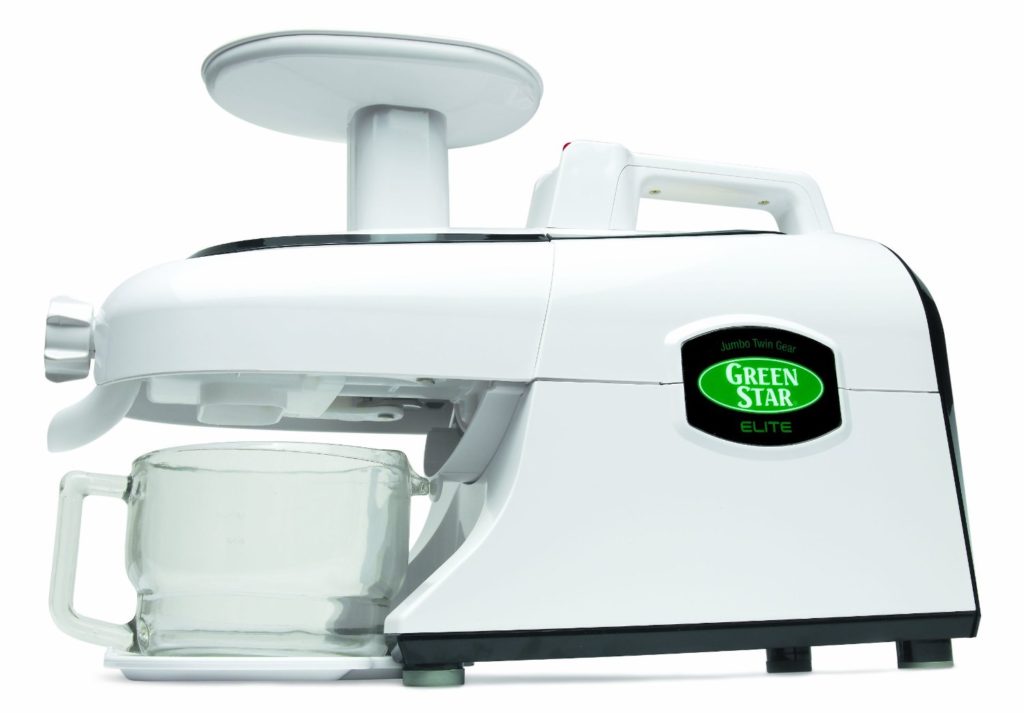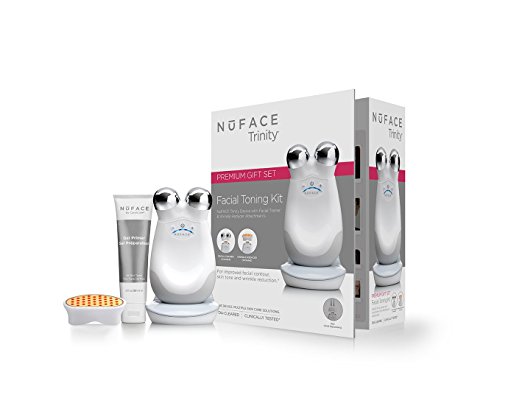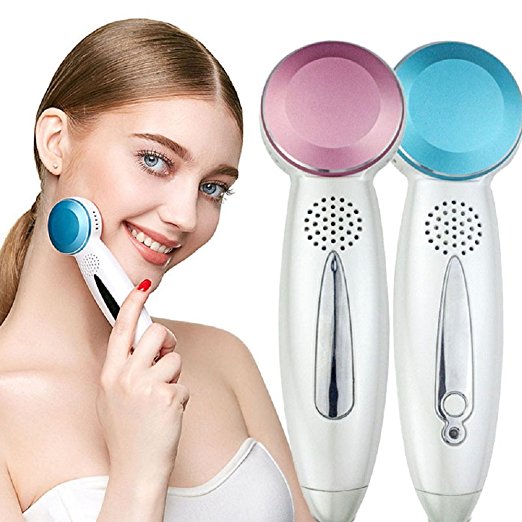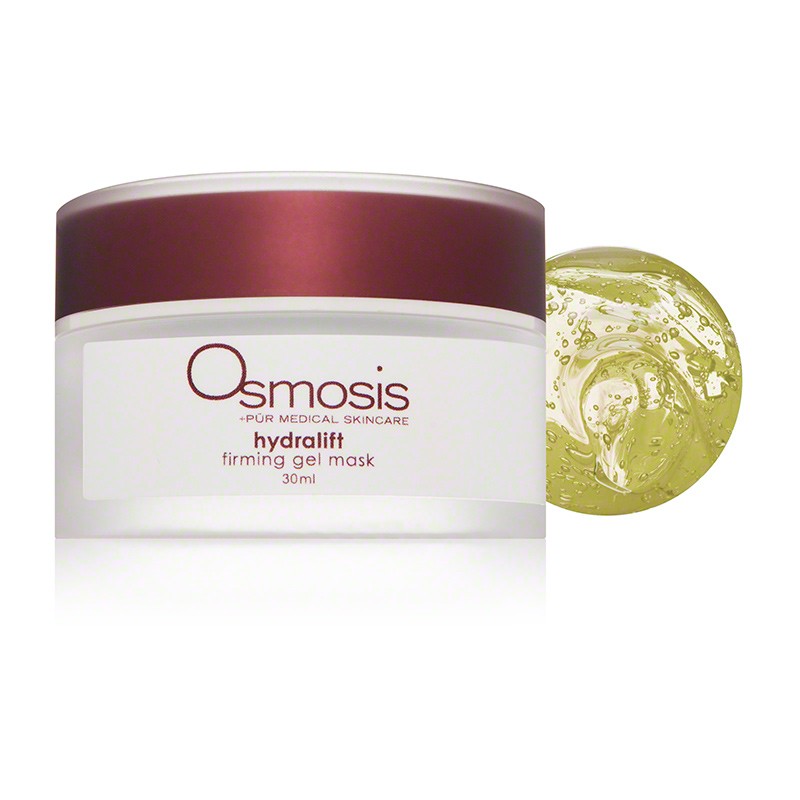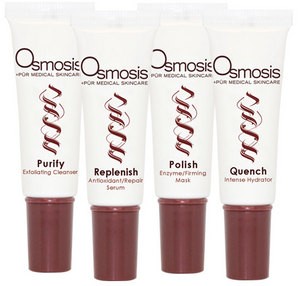Juicing
Hello, with great gratitude on week 225. We wish to thank all of you for your huge support and all your loving feedback.
This week’s post is about Juicing, I personally have done juicing for many years, I don’t do long term juice fasts, due to the fact that my body doesn’t do well with it for longer than a day or two, so when I wish to give my digestive system a break from processing so much solid foods, I do juices room temperature, never cold from the fridge or with ice, and I combine it with liquified soups for a nurturing broth as a foundation. I learned not to do the juice later in the day or at night for my type of body, I usually do probiotics at this time, especially when I include probiotics in my juice, and my personal combination with Aloe and such. So here, honor your body and use what feels good to you, there is no one general recipe for everyone that is why we are individuals and it is important to remember it so you don’t hurt your self with the one rule fits all. When we personalize anything in life we connect, and here we became conscious, and there is a powerful place to own our path. I grew up eating whatever we grew and there is so much value to that. We have disconnected from most of what we use or do, everything is outside our selves, we eat food that we don’t have a clue how it grows, where it comes from for most part, it never gets to mature in the plant, we don’t consume a full nutritious product, not to mention pesticides, GMOs and the new chemical warfare that was introduced to our food long ago. We are offered out of season foods that are supposed to be able to travel from far places etc, I have spent most of my life with this knowledge so I have respect for local, organic conscious products and love to connect with them the way I make our food, and I wish for you to have as much fun with your food.
This is an integrity amazingly put together sit check it out
https://gerson.org/gerpress/?s=juicing
Lets Start
From:https://juicerecipes.com/juicing/
A beginner’s guide to getting started with juicing
Is juice the same thing as a smoothie?
No, these are two very different things. They’re both very healthy for you, and one isn’t better than the other, necessarily.
A smoothie is made in a blender. It’s blended, not juiced. With a smoothie, you retain the pulp (which is insoluble fiber). This can be either gross or good depending on what you’re blending. A blended drink yields a lot more because of the pulp, and some people like that, but others find it difficult to drink all of it.
Juice is juiced with a juicer. Juicers ‘juice’ your produce and separate the pulp (the insoluble fiber) from it. You discard the pulp and drink the juice. You still get fiber in the form of soluble fiber. I know, crazy, right? You just learned something new today.
Juicers are items like a Breville juice fountain, Omega VRT350, Omega 8006, etc. Not a nutribullet! A nutribullet is a blender that blends. Those blades chop things up like every blender works. It has pulp in it no matter how much you blend it. It can’t turn into juice unless you separate the juice from the pulp or you apply magic to it (like their marketing team does).
If you only have a blender and still want to juice, you still can! If you get a cheese cloth or something similar, you can strain your blended drink and turn it into juice. It’s a little more work and wont yield as much as a good juicer, but it’s something.
There’s nothing wrong with smoothies. We love those too, but there’s just something about juice that keeps us making it daily and enjoying the entire process. This isn’t a battle of “what’s better? Juice or smoothies?”, it’s a battle of “what do you like best?”
Is juicing healthy even do you don’t get any fiber.
Fiber is what helps move food through the digestive system, but it’s not digested. There’s two types of fiber: ‘soluble’ and ‘insoluble’.
When you juice, the pulp you see in the ‘pulp bin’ is mostly the insoluble fiber.
You’re still getting plenty of soluble fiber in your juice. Even if your juice gave you 0 grams of fiber, it would still be very healthy for you.
It’s like saying that your water isn’t healthy because it doesn’t have fiber in it. Juice is a healthy beverage and shouldn’t be relied on for your insoluble fiber.
What’s the difference between soluble and insoluble fiber?
Insoluble fiber is the left-over pulp after juicing. Only a small amount of this makes it to your juice. If you were to mix insoluble fiber in a glass of water, it would sink to the bottom, absorb the water and puff up. If you imagine that moving through your body, you can picture what it does for you. It’s beneficial to help get things ‘moving’ and prevents constipation.
Soluble fiber will make it to your juice. Soluble fiber is ‘soluble’ in water. Soluble fiber (like gums and pectins) will partially dissolve in water and form a type of gel. Soluble fiber absorbs digestive bile made by cholesterol, which creates even more digestive bile, which then helps to lower LDL (harmful cholesterol). Soluble fiber also can help moderate your blood glucose levels because it helps sugar to be more slowly absorbed, which is why some diabetics report juicing to be helpful to them.
We personally love the consistency and the great flavors we can make with juice. We can put weird things like sweet potatoes in our juicers and create a delicious dessert-like juice, but we sometimes feel a bit limited with flavors in our smoothies.
What’s the easiest way to get started juicing?
Answer: Take the 30 Day Challenge.
The 30 Day Challenge was created by us to make this whole juicing thing as simple as possible while still allowing you to challenge yourself to get into a healthier habit/lifestyle of juicing. It’s not a juice fast, it’s just a challenge to drink a minimum of 1 glass of juice a day, every day, for 30 days.
The reason why it’s suggested for a beginner, is because we supply you with the shopping list each week and we tell you which recipe to make every day using that shopping list, so we’ve taken a lot of the thought out of juicing so you can just focus on enjoying the lifestyle.
After 30 days, you’ll have a new sense of how flavors come together in your juice and you’ll be able to start experimenting with your own recipes. People have also reported losing weight and feeling great after going through the challenge. Give it a try!
Frequently Asked Questions
Can I store my juice?
Answer: Yes
The popular belief is that juice can last for up to 72 hours in the fridge, in an airtight container. Yes, nutrients are lost overtime, but it’s a very slow process. We’re talking fractions per hour, here. You’re going to hear “you have to drink it right away!”, but just let those people do their lifestyle and have their beliefs, and you do yours. Don’t let people scare you away from storing your juice. You can juice with any lifestyle.
Am I supposed to replace a meal with juice?
Answer: No, unless it’s a lot of juice (32oz).and is always best to consult with your health professional before embarking in such a journey and if it is approved, then you can do a juice fast.
We’re finding that way too many people are replacing multiple meals with just 1 glass of juice, and “feeling light-headed for some reason”. Being healthy and losing weight doesn’t mean eating less, it means eating right. Anyone can lose weight by starving themselves and sometimes it docent work at all do to the fact that the metabolism slows way down to prevent the body from damage. Don’t do this, no one said to do this. Your sugar levels get tremendously affected and the body falls of balance.
Incorporate juicing into your life as a snack or beverage.
Even when you’re on a juice fast, you have to drink quiet a bit of juice daily (~80oz depending on the person).That is a lot for the kindness to handle and for the rest of the body to be constantly trying to process all these nutrients I believe in moderation.
Juice has a lot of calories?
Answer: They’re healthy calories! and no, for most part when you juice vegetables the juice is very low calories and very easy for the body to process.
Don’t be concerned about gaining weight off juice because you looked at the back of a potato chip bag and saw it has similar calories, there is no saturated plastic fat in juice. A juice calorie isn’t the same as a potato chip calorie. These are very healthy calories, and if you’re worried about juice calories, you’re in the wrong mindset for being healthy, the more we obsess with weight the more likely it is for us to gain weight. The Spleen in Chinese Medicine is in charge of weight loss and the Spleen is affected by WORRy!!! So no weight loss with worry and obsession .
Here Dr Marcola explains it in a very simple way.
https://youtu.be/yeRHuJbWcwU
How about the sugar?
Answer: Natural sugar isn’t the same as refined sugar, but here use your discretion not to add sugar to the juice and to research from juicing authorities to know what you are using to make your juice and what the natural sugar content of your ingredients is.
A gram of refined sugar from coke is no where near what a gram of natural sugar is. These are two very different things.
The nutrition labels in America will be changing to include “Added Sugars” (refined sugar) within the next few years instead of lumping it all in “Sugars”, because the USDA recognizes that this is a problem and common misconception.What matters is intake, how much your body actually uses of it and in what form its delivered. It’s fair to say that too much of fructose, glucose or sucrose will result in health issues.
Here is a bit about the difference between both sugars
So what exactly are considered natural sugars? Natural sugars are sugars that are found, in natural products like fruits, veggies and honey.
Glucose – refers to “simple” sugars, found in all foods that have carbohydrates. Glucose can be found in mushrooms, tomatoes, onions, etc. Glucose is vital to life and is in every single living molecule. It is also produced by your body and easily broken down by every cell in your body ,a simple sugar that is an important energy source in living organisms and is a component of many carbohydrates.
It provides the body with its primary source of energy. This type of sugar comes from digesting carbohydrates into a chemical that the body can easily convert to energy.
From Carbohydrates
Most people get most of their glucose from digesting the sugar and starch in carbohydrates. Foods such as rice, pasta, grain, potatoes and processed sweets contain carbohydrates that can be converted into glucose very fast. The body’s digestive system, using bile and enzymes, breaks down the starch and sugar in these foods into glucose. This functional form of energy then gets absorbed through the small intestine into the bloodstream. It is then carried throughout the body, providing energy for the person to perform all types of activities, such as simple movements, demanding physical exercises or even thinking. Glucose it is such a vital source of energy, and it interacts with both the digestive and endocrine system in the body, so keeping its levels — also called blood-sugar levels — in the bloodstream within a normal range is extremely important to a person’s health.
Glycemic Index
Foods can be rated according to the glycemic index, which indicates how quickly the carbohydrates are broken down by the body and the glucose is released into the bloodstream. White bread and most breakfast cereals have a high glycemic index, which means that the carbohydrates are broken down and the body’s blood-sugar levels raised more quickly. Most fruits, vegetables and nuts have low glycemic indexes. Whole-wheat products and some types of potatoes have glycemic indexes in the middle, more on that on another post, is a lot of information on that .
Fructose – another “simple” sugar, it’s also referred to as fruit sugar, because its main source is fruits (and also honey). Fructose is a bit harder to break down, as only your liver breaks down significant portions of it.
Fructose is a simple sugar that occurs naturally in foods. It gives fruits their sweet taste. Crystalline fructose obtained from processing corn or sugar is used in food and beverages as a nutritive sweetener. It’s roughly 1.2 times the sweetness of table sugar in most food applications. Although originally marketed as a health supplement, crystalline fructose became available as a food ingredient about 20 years ago. However, when compared to all other naturally occurring and added starches, syrups and sweeteners, fructose contributes only a small amount of calories to the average American diet.
The primary uses for crystalline fructose include dry mix beverages, low-calorie products, enhanced or flavored water, carbonated beverages, sports and energy drinks, chocolate milk, breakfast cereals, baked goods, yogurt, fruit packs and confections. Fructose has been used in whole new categories of food and beverage products, such as shelf-stable nutrition bars, soft moist cookies, pourable frozen juice concentrates and reduced-calorie products.
Can I add the pulp back into my juice?
Answer: absolutely and you can use the pulp and make soups, bake goods etc.
You can, but that sounds like you’re just making a smoothie the hard way. Why not just blend it all if you really want to drink the insoluble fiber?
Should I peel my fruits and vegetables ?
Answer: Usually, no. that is part of the fiber and the vegetables and fruits have a synergy with the peel
This is a tough one to answer because there’s hundreds of different fruits and vegetables. The general idea is to use common sense and if the skin is edible, you should be fine to juice it, make sure that is organic or the peel can have all kinds of pesticides and other components that will not be the ideal edition to your juices.
Here’s a few tips that we’ve learned:
Peel oranges common sense right? leave as much of the white that is on the peel that is your Flavonoids and that in the Citrus fruits is what makes the rest of the fruit work, and by that I mean your vitamins work with the whole fruit that is the reason why nature design it that way and in foods in general is a yin and a yang side one being sweet and the other sound so on . It’s edible, the outside of the peel is a bit bitter, I actually love to eat it my mother taught me to make chocolate cover orange peels and I love them!!
No need to peel lemons/limes. The peel gives off an interesting flavor. It’s up to you, anything bitter is great for the heart!
Juicing For Health
From: http://www.healthambition.com/juicing-2
You’ve no doubt heard about the juicing phenomenon somewhere in your comings and goings. If it’s not the queen of all media Oprah Winfrey discussing it with Dr. Oz or a late night infomercial giving you a grocery list of health benefits from their high tech juicer, there are always the latest trends in juicing diets as covered by one fitness guru or another, like I said before take control of your decisions and do what is good for your own needs .
What is juicing and why is it good for me?
What Is Juicing ?
Juicing is the extraction of juice from fruits and vegetables, in an effort to retain all the phytonutrients, enzymes and vitamins the whole foods themselves ordinarily possess. But it does so by leaving behind the fiber, pulp, skin, rinds, etc.
In fact the digestive system more readily digests liquid than food it makes sense doesn’t it. So juicing’s first mission is to promote easy digestion.
Eating your fruits and vegetables is still good for your health as it has always been. One of the main reasons juicing appeals to so many people is because it’s an often way to get many nutrients in a very pleasant way and if you think about it how much off this foods could we get at one time? with juicing we can have a large amount in a cup and now days that we tend to be on the go,go,go we can bring it along, I prefer to manage my schedule and enjoy my juice slowly and conscious instead. If you aren’t a fan of eating fruits and vegetables, you can drink your daily fruit and vegetable nutritional needs in a glass,yum.
The second reason is that it would be nearly impossible to eat the amount of vegetables that you can easily juice in order to gain the same amount of vitamins and nutrients.
Juicing can be performed with a blender or with various incarnations of juicers. While a blender mixes everything together, leaving you to do the grunt work of straining the liquid from the pulp; juicers are specifically purposed for extracting the juice from the pulp.
The Best Juicing Recipes for Weight Loss – Tasty and Effective!
Juicing is the fastest and tastiest way to get all those healthy vitamins, minerals, antioxidants and enzymes that our modern diets are lacking. If you are looking to lose weight then try our juicing recipes for weight loss.
They are highly nutritious, taste great and will help you along. In fact, many people have lost as much as 20 pounds in just two weeks of juicing! Keep in mind that everyone is deferent and don’t push your self to invariance trying to accomplish what other people claim, my experience is that when you crash diet the body yo most likely be back at the same weight or perhaps more than before slowly and conscious diet is best, weight comes from are way of thinking also and what emotions we constantly feed our selves is a bit more than food.
One of the main benefits of juicing is that liquid puts very little stress on your digestive system but to much does have an impact on your kidneys so slow and steady with juicing don’t over doit is a lot of nutrients that the organs have to process. This means you have more energy, feel great and have a super healthy diet at the same time.
Juicing also allows you to consume much more fruit and vegetables (but be careful of putting too much fruit in your diet) that can equal to much (SUGAR in the form of fructose !) than you would typically consume in a regular diet. It also helps to suppress hunger pangs, which mean you can avoid succumbing to unhealthy foods.
Can Juicing help you lose weight?
In short, yes it can!But like I said everyone is different There are many well documented examples, and even documentary movies, demonstrating the power of juicing to help weight loss.
Even if you are not quite ready to go extreme and commit to a full juice fast, juicing can help you lose weight and vastly improve your diet, I prefer doing things slowly and getting long lasting results instead.
Here are some of the ways in which Juicing helps you lose weight:
- Prevents hunger – Juicing gives your body all the nutrients it needs, and then some! When your body is lacking nutrients, it makes you hungry. In this way, you will eat less and have fewer junk food cravings.
- Convenience – Modern busy lifestyles cause us to make many poor diet decisions because of the convenience of fast food. Juicing takes just a few minutes and gives you fresh, delicious, healthy juice that satisfies you. This means you eat less junk food.
- All Fresh – Since juicing uses all fresh produce, you can limit your exposure to processed foods. The harsh chemicals and additives in such foods actively contribute to weight gain. Going fresh foods, especially if you use organic produce, you can avoid exposing your self of such risks. Additionally, juicing is free from all preservatives since you control exactly what goes into each drink.
- Flavour – Most of us could do with eating more healthy vegetables. Juicing helps us get the goodness of these in a flavorful way.
- More energy – The goodness of juicing makes you feel and great and gives you sustain energy.
- Detox – Green juice full of chlorophyll combined with lemon is particularly detoxifying and can really help your liver and kidneys to flush out your system.
9 Delicious Juice Cleanse Recipes For Your Liver
The juicing movement has gained and retained momentum for several years now, and for good reason. Consuming raw juice from clean sources (organic vegetables & fruits) is one of the quickest ways to ingest a large amount of nutrients at once.
As a food group, fruits & vegetables are detoxifying in nature (some more than others). These plants contain potent detoxifiers that aid your body in flushing out the toxins you’re exposed to in day to day life. Keep in mind, so many toxins come from unexpected places, making regular detox a necessity for everyone.
Harsh chemicals and toxins can be found in your skin and body care products, in the air you breathe, in the water you drink and in the food you eat. However, you don’t have to be a victim to all of tremor be of defense mode all the time just be conscious that is all. Certain daily precautions can be taken to avoid many of them:
- Buy organic skin care products (including deodorant, shaving cream, toothpaste and facial moisturizer)
- Invest in organic food when you grocery shop. This will minimize your exposure to pesticides
- Use an effective water filter at home to lessen what enter your system
- Stay away from harsh chemical-filled household cleaners and air fresheners. Pure castille soap, baking soda, white vinegar and essential oils can go a long way in replacing generic, toxic products
The Science Behind It
For example: beets are one of the most effective detoxifiers that you can readily find in your local market. Beets contain a substance called betaine, a compound that actively helps the liver flush out toxins.
Betaine also defends and protects the components of the liver to insure it’s not compromised by malnutrition. This is just one of many substances naturally occurring in vegetables & fruit that are made to help your body flourish.
Here are some other impressive substances that can be found in your produce:
- Raspberries: contain rheosmin, which increases cell metabolism
- Pineapple: contains bromelain, a substance that aids recovery and reduces bruising/inflammation
- Carrot: contains a unique fiber that helps detox negative estrogen
- Citus fruits (lemon, lime, grapefruit, orange): all contain substances called carotenoids, lycopene & flavonoids which are powerful alias to life threatening conditions that can be avoided by keeping healthy habits of eating.
- Kale: contains two powerful antioxidants quercetin & kaempferol
- And the list goes on here is a great place to do some of your own research and become acquainted with food and vegetables very powerful.
Benefits of juicing
These liquid meals also provide your digestive system the chance to take a break, as they are easy for your body to assimilate and absorb. Swapping out a few empty-calorie, heavy meals a day for one of these fresh juices will help you feel like a much better version of yourself.
Juicing boasts these incredible health benefits that make it well worth your while to start a juice habit:
- Helps you become lighter with a decreased body fat percentage
- Leaves you energized and ready to take on the day
- Promotes mental clarity and increased productivity
- Fights against malnutrition, dehydration and sluggishness
- Encourages regular digestion & bowel movements
- Helps your skin prevent blemishes and breakouts
- Promotes more high quality, restorative sleep
- Increased athletic performance
- Aids sexual health and vitality by boosting libido
- Alkalizes your body’s internal pH
- Fights against disease and illness
- Keeps your blood sugar stable (make sure to juice mostly vegetables)
- Helps prevent diabetes, obesity, high blood pressure and high cholesterol
- Promotes a healthy weight
Liver: Your second largest organ
In regards to the anatomy of your body, it’s important to note that your liver is the second-largest organ in the body; second only to your skin. Its primary job is to purify your blood and detoxify your system.
With the help of a nourishing diet, the liver does its job well. You’ve just got to provide your body with the tools it needs to thrive.
The Effect of Sugar on Your Body
Its important to know that not all sugar impacts the body in the same way. Sugar that comes from fruit, fructose, does not cause your blood sugar to spike like refined table sugar does.
That said, it’s still important to note that sugar can be overdone. The human body does not require large amounts of sugar to work optimally. The contrary is actually true. Sugar is an indulgence and should be treated that way.
Fruit, along with containing fructose, also contains a plethora of healthy enzymes, vitamins, minerals and phytonutrients that will fuel your livelihood. Thus, fruit is not something to be eliminated or feared. Just pull in the reigns and make sure you don’t go overboard consuming mostly sugar in your diet.
Your body (and liver) will benefit most from a balanced diet that is complete with sources of fat, protein and carbohydrates at every meal. This balanced approach will also insure that your blood sugar doesn’t spike more than it should at each meal.
All things considered, these juices are fantastic additions to your health. Just know that to achieve your healthiest self, you should also reach for a good source of protein (nuts, seeds, beans) and fat (hemp, flax, chia seeds) to accompany your juice.
Types of Juicers
from: http://justjuice.org/juicers-101-different-types-of-juicers-and-how-they-measure-up/
Centrifugal juicers
Centrifugal juicers are popular since they’re the most available (readily found in all department stores) and usually the most affordable of the electric juicers. You can get an excellent one for the same price as the Z-star manual juicer.
Centrifugal juicers are named for the way they work.
These juicers produce juice by using a cutting blade to first chop up the produce and then spin the produce at a very high speed, sort of like how a washing machine wrings out the water from wet clothes.
There is a strainer basket with little holes that allows the juice to pass through, while keeping the pulp behind.
How centrifugal juicers work
This unique spinning system combined with the cutting blade is what differentiates this type of juicer from the other electric juicers, which grind, press, or squeeze the juice. And this is what gives this type of juicer its unique perks and drawbacks.
For example, there is only so much extraction that can happen from the rapid spinning action, which makes centrifugal juicers less efficient at extracting juice than single or twin gear juicers which grind every drop of juice from produce. At the same time, the rapid spinning also creates heat and friction that can oxidize the fresh juice, degrading the taste as well as compromising the quality of nutrients.
Still, it must be said that centrifugal juicers are easy to use and easy to clean – plus, they tend to be much faster at producing fresh juice than other electric juicer types.
Some juicers don’t recommend centrifugal juicers since they often produce more waste than other juicers and also cause the juice to oxidize faster. BUT – I think centrifugal juicers definitely have a place in the life of juicers who are really looking for an efficient juicer. I mean, it’s great to have a wonderful juicer that produces really dry pulp and fresher-than-fresh juice, but if you don’t have the time to use it because it takes too long to juice and then to clean up…what’s the point?
Even if the centrifugal juicer doesn’t extract the full juice out of produce, it is fast, efficient, and really easy to use. It’s perfect for someone who does not have a lot of time to juice but still wants a fresh cup or two every once in awhile.
Masticating juicers
Masticating juicers are relatively new to the juicer world. These juicers have a single gear or an auger with blades that basically crunches the fruit or veggies into pulp, releasing juice in the process.
This crunching process is a highly effective way of breaking down the hard, fibrous cell walls of fresh produce and produces a high juice yield and very dry pulp.
Unlike the centrifugal juicer, masticating juicers run at a much lower speed (so it takes longer) but the lower speed also produces little-to-no-heat and thus minimizes oxidation. That means your juices aren’t warm (like they tend to be with some centrifugal juicers), there’s no froth on your juices, and that most of the vital enzymes and nutrients in your juices are preserved from oxidation since the juicing process doesn’t disturb the cellular structure of the produce being juiced.
This is one of the most crucial differences between a single gear masticating juicer and a centrifugal juicer. The single gear chomps up the produce without heating any of the nutrients and this thorough break-down process does a great job of extracting every drop of juicy nutrient from the fibrous cell walls (while preserving them) so they can enter straight into your bloodstream when consumed. Single gear juicers leave very dry pulp.
In the centrifugal juicer, on the other hand, the produce is chopped up (by a cutting blade) and then spun – which is not as effective in extracting juices – and thus results in pretty moist pulp. The heat produced by the high-speed spinning also degrades some of the vital nutrients in the juice.
I don’t like to play favorites, but yeah, single gear masticating juicers are my favorite and the first juicer types I recommend whenever friends or family ask for a juicer recommendation. Why? First of all, I find that these juicers provide the best overall value. They are a little more expensive than some centrifugal juicers – you can get a pretty good centrifugal juicer for around $100 – whereas a good single gear juicer can run you around $250. It’s a little more upfront investment, but you get it back.
On top of this, single gear juicers last forever. The warranties are super lengthy and if you ask anyone with, say, a Champion, they’ll tell you what a tank of a juicer those things are.
I also like the fact that single gear juicers don’t heat up my juice and produce no froth. In terms of nutrient content that’s being preserved, I think a single gear juicer does add up to better overall value, not to mention the taste different.
I do still use a centrifugal juicer sometimes when I know I can immediately down that glass of juice and I’m really running low on time, but if I plan on storing my juice for even a day or two, I will always opt for the masticating juicer. I know most juicers also do like to store their juice so they can take it on the go and for stored juice, single gear juicers are the way to go.
Triturating juicers
The twin gear, triturating juicers are the champions of the juicer world – they are the top-of-the line, cream-of-the-crop among mainstream juicing machines.
These juicers extract fresh juice from produce using twin gears that interlock with each other while rotating inwards – crushing everything you put between them into a very dry pulp.
Triturating juicers operate at a very low speed, producing no heat and ensuring thorough juicing of all produce while simultaneously preventing air getting trapped in the juice and causing oxidation.
How twin gear juicers work
There is maximum preservation of nutrients and no foam on the juice.
These juicers are super versatile and can juice pretty much every type of fruit and vegetable – including hard, fibrous veggies such as celery and apples, as well as soft fruits and leafy greens. Actually, leafy greens juice particularly well in these juicers thanks to the high pressure exerted by the interlocking gears.
These juicers are ideal for someone for whom price is not an issue and who just wants a top-quality, versatile juicer that will do everything, and do it well.
Triturating juicers are undoubtedly the best there is. BUT that does not necessarily mean they will be the best for you. Given the price of these machines, I would only recommend them to people who are really serious about juicing, want the most versatile machine that produces the best juice possible, and want to take advantage of several of the other food-producing options that twin gear juicers provide.
Just as you wouldn’t buy a Hummer when all you plan on doing is driving to and from work on local roads, there’s no need to spring for a triturating juicer unless you really have use for it.
If you just want great juice everyday, opt for the more affordable single gear masticating juicer. If you juice religiously and want to transition into a raw foods sort of lifestyle and diet, then opt for a triturating juicer.
Hydraulic Press Juicers
Hydraulic Press Juicers are not that well-known, but they unequivocally produce the best quality juices. These juicers use a two stage process to extract the maximum juice, nutrients, enzymes, vitamins and other wholesome substances from all your fruits and vegetables.
The first stage is trituration. This can be compared to what other juicers do in terms of chopping, grinding and shredding fresh produce. The resultant pulp is then placed in linen or cheesecloth bags or cloth-lined trays ready for the second stage: juice extraction.
Cold press juicer
The hydraulic press, which consists of two steel plates, clamps down on the pulp and exerts extreme pressure.
This pressure releases more juice than any other type of juicer mechanism. In addition, the juices are the most nutrient-rich. The proof lies in the pale dry pulp that is left behind in the press.
This two stage process can be time consuming, but it is certainly worth it if you are after quality juice.
Hydraulic press juicers are the most efficient, providing a higher yield of juice from fresh produce than any other juicer. Because the juice is not subjected to any heat or electricity, or much oxidation, the juice contains more enzymes than most juices and can be stored in a refrigerator for up to 3 days. As an added bonus, these juices are also incredibly flavorful and easy to digest.
Some of these juicers also perform a range of other functions, such as chopping salad ingredients and making nut butters and other food items. These juicers are quite heavy and you wouldn’t want to move them around your kitchen regularly. But that might not be such an issue if you consider the fact that it will negate the need for several other appliances with all the functions that it can perform.
If it sounds too good to be true, you might want to consider the cost. The main drawback is that hydraulic press juicers are incredibly expensive. However, if price is not an issue, then these machines are the ideal appliance for all serious juicers committed to leading a raw food lifestyle.
Hydraulic press juicers are in a class of their own…and it’s top-notch but not necessarily a class you need to partake in. These juicers (machines) produce the best quality juice, but they also require more time, effort, and money than the average juicer (person) needs to spend.
As such, hydraulic press juicers are most often recommended for those who are hardcore serious about living a raw food lifestyle as well as cancer patients who are following the Gerson therapy and looking for the highest quality juices modern machinery can provide.
And in case you’re interested and wondering what juicers are available in this category – well, no review of hydraulic press juicers would be complete without a mention of the aptly named Ultimate Norwalk Juicer. This is the cream of the crop when it comes to all juicers. Form inception it set the standard for hydraulic press juicers, and it retains this solid reputation to this day.
However, the price tag is not for the faint hearted. It currently retails for a jaw-dropping $2495.00 (excluding shipping). If you are an avid juicer and can’t settle than anything that’s less than the best, then you need look no further. This sleek stainless steel device comes in a range of colors and will last a lifetime (or two). Some will argue that the Norwalk is a worthwhile investment because you will get a higher yield of juice from your produce, and you will benefit from superior quality juices.
If you don’t want to compromise on the quality of your juices, but you simply can’t afford a Norwalk, then buying a separate hydraulic press is a great option. Basically, this means that you would use your regular juicer to produce the fruit and veggie pulp, and then you would transfer this pulp to your press.
9 Juicing Mistakes
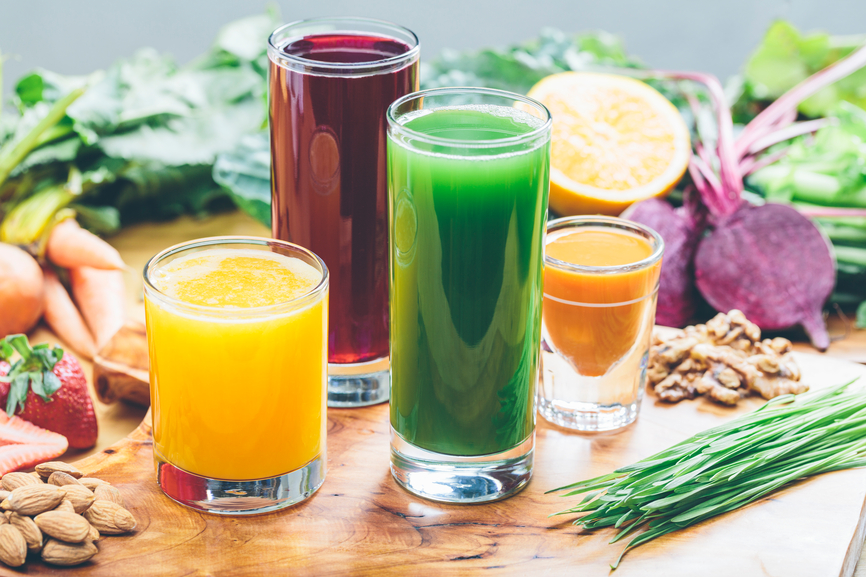
from: http://justjuice.org/juicing-mistakes/
JUICING MISTAKE #1. LOADING UP ON THE SWEET STUFF
Sweet is yummy. Which is why most of us start our juicing journey with the sweetest produce we can get our hands on. Like tons and tons of fruit. And the sweetest of the vegetables like carrots and beets.
While these sweet fruits and vegetables have nutritional benefits, by juicing them, we are removing the fiber which paces how quickly we’re able to consume the sugars found in these sweet foods. This means you can quickly end up drinking more sugar than is good for you.
Natural sugars, like those found in fruit, are not as bad as processed sugars, but sugar is still sugar and too much of it is not beneficial for your health nor your waistline.
How to Solve It: Use sweet fruits and vegetables to your advantage by adding just a bit of it to sweeten low-calorie, low-sugar, high-nutrition vegetable juices. That little it of sweet fruit goes a long way to please your taste buds!
JUICING MISTAKE #2. JUICING THE SAME OLD STUFF
A wise woman once said, Routine is the route to boredom.
Okay, I said that. But it is quite true.
Falling into a routine, especially with what we eat, is a surefire way of selling yourself short on nutritional benefits and putting a damper on what could be a very fun and experimental juicing experience.
Diversity is key to healthy juicing as consuming a wide range of fruits and vegetables ensure you’re getting the unique benefits of each kind of produce and supplying your body with a balanced profile of vitamins and minerals. Not to mention that juicing the same old stuff over and over again could lead to not-so-great consequences like turning orange or overdoing it on alkaloids or other phytotoxins.
How to Solve It: Rotate your fruits and vegetables!
JUICING MISTAKE #3. DRINKING JUICE AFTER YOU’RE FULL
This is probably one of the most common juicing mistakes. I used to do this. After all, since fruit and vegetables juices are so healthy, why shouldn’t I have them before and after my meals, as both an appetizer and a dessert?
Because it leads to indigestion and occasionally even heartburn. Plus, drinking fresh juice on a full stomach handicaps its nutritional powers.
How to Solve It: Drink your fresh juice on an empty stomach. This ensures that the vital vitamins and minerals in the fresh juice can quickly be absorbed into your bloodstream rather than sitting atop undigested food residue in your stomach, waiting to be processed and dying a slow death.
JUICING MISTAKE #4. DOWNING YOUR JUICE LIKE A SHOT OF CHEAP TEQUILA
Or any liquid you’re trying to ram down as fast as possible without tasting what it has to offer.
Fresh juice is worth tasting! And swishing around in your mouth. Not only does this give you time to savor the fresh taste of fruits and vegetables, but it also gives your saliva enzymes the chance to start digesting your juice before it works your way into your stomach.
How to Solve It: Remember that digestion begins in the mouth and be sure to let your saliva get to work on your fresh juice! Swish it around and then swallow. That simple step will maximize digestion and ensure you get all the key nutrients from your precious juice.
JUICING MISTAKE #5. DRINKING ONLY JUICE INSTEAD OF MEALS
Fresh juice is damn tasty. And easy to make. And super nutritious. But it is not a meal substitute – it’s more of a supplement.
Fresh fruit and vegetable juice contain tons of vital vitamins and minerals, but the truth is, your body needs more than that. It also needs protein, fiber, and healthy fats – which fresh fruits and vegetables usually can not provide enough of on their own.
How to Solve It: Unless you’re on a short juice fast or juice cleanse, don’t treat juice as a long-term meal replacement. Instead, use it as a potent health supplement by drinking fresh juice in the morning to provide your body with a nutritional energy boost.
Or drink a cup of fresh juice 20 to 30 minutes before a meal to give your body ample vitamins and nutrients and help cut down on cravings during your actual meal. You’ll end up making smarter meal choices and even eating less.
JUICING MISTAKE #6. CHOOSING THE WRONG JUICER
This is such a common juicing mistake since most of us don’t know what is the best juicer for us until we actually start juicing (usually with the wrong juicer)!
And choosing the wrong juicer can take so many different forms: buying the cheapest juicer when you’re concerned about juice quality, buying a top-of-the-line slow juicer when you’re perpetually short on time and looking for something convenient, getting a juicer more suited to soft fruits when you’d prefer to be juicing leafy greens, opting for a convenient centrifugal juicer when you don’t have time to juice daily and want to store your juices for at least a few days, and on and on it goes.
How to Solve It: Do a little poking around before you invest in a juicer machine. But instead of reading about all the various bells and whistles of a juicer or perusing complicated comparison charts, start by asking yourself what you need in a juicer. Here’s an easy guide to help you pick the best juicer in 5 minutes or less!
JUICING MISTAKE #7. SKIPPING THE CLEANING AFTER JUICING
You prep, you juice, and you drink. So easy and fulfilling, but what’s that? Clean the juicer? Eh. It can wait.
I cannot recall the number of times I’ve done the above. I enjoy the juicing process, but cleaning up is not something I’m too fond of. Yet it must be done, as I learned the hard way.
How to Solve It: A simple rinse after juicing takes virtually no effort and will save you that load of time you’ll have to spend later scrubbing dried-up food residue off the nooks and crannies of your juicer machine.
Here’s some time-saving cleaning tips for those of us who enjoy juicing a lot more than cleaning:
When juicing on a time crunch: Fill a basin with clean water a half cup of vinegar and toss all your juicer machine parts in there to soak. When you find time, all you’ll have to do is rinse the parts and you’re done.
Get an easy-to-clean juicer machine.
Pre-wash and prep all your fruits and vegetables in advance.
JUICING MISTAKE #8. NOT DRINKING YOUR JUICE STRAIGHT AWAY
The oxidation process begins as soon as you juice your fruits and vegetables. Your juicer machine breaks down the cell walls of these nutrient-rich foods and the vitamins, enzymes, minerals, and phytonutrients are exposed to air. Thus begins the oxidation process.
How quickly your fresh juice will oxidize and lose its valuable nutrients and enzymes depends on the type of juicer machine you’re using. Centrifugal juicers cause the fastest degradation to juice so if you’re juicing with one of those, plan to drink that juice as soon as possible, within a few hours.
For those juicing with slow masticating juicers, twin gear juicers, or Norwalk press juicers, the story is a little different since these juicers don’t disturb the cellular structure of the produce being juiced and thus, do a better job of preserving enzymes and nutrients from oxidation.
‘Though juice is always best consumed as fresh as possible, you can actually store fresh juice made from slow masticating or twin gear juicers for up to 24 to 48 hours and juice made from press juicers can last up to 72 hours. It’s not recommended to store juice made from centrifugal juicers.
How to Solve It: Drink your juice as soon as you can! If you plan making a batch of fresh juice and storing it for a few days to come, make sure you get the best juicer possible.
JUICING MISTAKE #9. JUICING TOO MUCH, TOO SOON
This one is particularly important, especially when you’re transitioning over from a diet full of mostly processed foods. When a colleague of mine first found out about juicing, she was positively juiced (no pun intended). In her new fervor, she started shopping at farmer’s markets, buying cartons of fresh produce each time. She was glowing, happy, and energetic.
But pretty soon, her beautiful skin began to breakout. Badly. She was nearly 40 at this time and couldn’t believe she was re-living her puberty skin!
The thing about juicing is that it supplies your body with a huge amount of vital nutrients, vitamins, and enzymes – stuff that your body is not used to when you’re transitioning from a life of mostly processed foods. You can experience detox symptoms like headaches, fatigue, and even acne during this period while your body tries to purge itself of accumulated toxins.
How to Solve It: Some people can experience various detox symptoms when transitioning from a processed-foods diet to one of fresh fruits and vegetables.
While unpleasant, these symptoms are usually short-lived. The key is to take it slow when you’re first starting to give your body a chance to acclimitize to the new nutrition provided and listen to your body to gauge whether the symptoms you’re experiencing are detox-related or indicative of something else, like sensitivity to something you’re juicing or an underlying health condition.
Start slow, start small, and then juice your heart out!
Breville 800JEXL Juice Fountain Elite 1000-Watt Juice Extractor
Providing commercial performance with home kitchen convenience, this juicer runs on 1000 watts with two speeds, 13,000 RPM or 6,500 RPM, for juicing hard and soft ingredients. Beautiful die-cast metal design and power combined.
Efficient and nutritious juicing
Fruit is largely composed of water, but its selling point is its nutritional value. How do you extract the juice from fruit, without leaving the nutrients behind? Breville’s Nutri Disc and patented juicing system extract more nutrients than other juicers and transfers less than 1.8F of heat to protect enzymes and maximize nutrient absorption of select nutrients.
The uniquely designed juicing system features a feed chute that is centered over the shredding disc. This allows for more efficient juicing than systems that introduce ingredients on the side of the shredding disc.
Two speeds allow you to adjust for the type of ingredients you are using. It is suggested that when juicing a variety of ingredients with varying textures, you begin with the softer textured ingredients on low-speed then change to high speed for harder texture ingredients. If you are juicing herbs, sprouts or leafy green vegetables either wrap them together to form a bundle or juice them in the middle of a combination of ingredients on low-speed to obtain the best extraction.
An extra-wide, 3-inch across feed chute makes it possible to feed whole apples, carrots, tomatoes, and peeled oranges into the juicer, saving you time and effort.
Omega J8006 Nutrition Center Juicer – Black and Chrome
Omega J8006 Nutrition Center Low Speed Masticating Juicer, Black and Chrome
The Omega J8006 Nutrition Center is a masticating style juicer. Sometimes referred to as a low speed juicer, the Nutrition Center processes at 80rpm, whereas most other juicers process at a speed of 1,650 to 15,000rpm. The low speed protects and maintains healthy enzymes, prevents oxidation and allows juice to be stored up to 72 hours without degradation. The GE Ultem Auger is 8x stronger than most other plastics and the powerful gear reduction is equivalent to a 2HP Motor. The dual stage juice processing system extracts the maximum amount of juice from fruits, vegetables, leafy greens, even wheatgrass! You can also use the nutrition center to turn nuts into nut butters (an all-natural peanut butter), make baby food from natural, fresh ingredients, whip up soy milk, extrude pasta, grind coffee and spices, and mince herbs and garlic. Make delicious and nutritious drinks and snacks that everyone will love. Measuring 7in wide, 15.5in deep and 8.5in tall.Usage of more frozen foods (fruit, ice cream, etc.) than liquids leads to the foods sticking to the sides of blender jars or the mixture becomes stiff (frozen) and will not flow. The juice screen is already installed in the juicerNote:some noise is to be expected. Please set the Juicer on top of a thin towel to help stabilize and mitigate noise.
Product Features
- Low speed, masticating style juicing system
- Omega’s Nutrition Center does more than just juice. You can turn nuts into nut butters (an all-natural peanut butter), make baby food from natural, fresh ingredients, whip up soy milk, extrude pasta, grind coffee and spices, and mince herbs and garlic.
- Includes a GE Ultem Auger which is 8x stronger than most other plastics.
- Powerful gear reduction is equivalent to a 2HP Motor.
- Juicer processes at 80rpm’s. Low speed or masticating style juicer squeezes, instead of grinding, which allows the juice to maintain its pure color, natural taste, vitamins and nutrients.
- Dual stage juicer. First, juice is extracted by crushing the fruit or vegetable. Then, before the pulp is ejected, the pulp is squeezed during the second pressed stage. This results in a higher yield of juice and a very dry pulp.
- Extracts the maximum amount of nutrients, vitamins, taste and juice from minimum amounts of fruits, vegetables, leafy greens such as spinach and kale, even wheatgrass.
- Economical. Since the juicer is so efficient and productive, you’ll get the greatest amount of juice from the least amount of produce.
- The low speed system does not mean a longer time to juice. It means a more efficient juicer. More nutrients and antioxidants, plus better flavored juice and freshness.
- Engineered for quiet operation and longer life.
- The low speed system limits froth and foam preventing oxidation.
- Juice can be stored for up to 72 hours without degradation or the juice separation that occurs with other juicers.
Tribest Green Star Elite GSE-5000 Jumbo Twin Gear Cold Press Juice Extractor
Greenstar machines are reputably one of the world’s best juice extractors and most efficient food processors. Using Exclusive Jumbo Twin Gear technology with a low 110 rpm, ease of use and simple clean up, our Greenstar Juice Extractors and Food Processors are award-winning machines of unsurpassed quality. Independent laboratory tests confirm that the Greenstar’s Twin Gear Press extracts a substantially higher quantity of minerals than “leading” juicers. Concentrations of essential minerals, like calcium, iron, and zinc are 50%-200% higher in juice from the Greenstar than from other name brands juicers. Now, your commitment to drinking raw juice can really begin to pay off!
Equipped with four different screens to accompany your juice and food adventure, the Greenstar Elite is the most versatile machine. It includes the fine screen to extract juice with minimal pulp; the coarse screen to extract juice with more pulp mixed in; the homogenizing blank for basic food processing; the breadstick (mochi) maker set to make delicious raw breadsticks and rice cakes. Optionally, you can purchase the pasta maker set to instantly convert your Greenstar into a pasta press and soft fruit outlet adjusting knob for efficiently juicing soft fruits such as orange and tomato. All Greenstar models also conveniently include a glass juice pitcher, wooden plunger, plastic plunger, and cleaning brush.
There are many juicers that claim to be masticating juicers, and to a certain extent, what they claim is true. Most of these “masticating” juicers — single-auger, horizontal, or vertical — employ an auger or a dual gear system that works to crush produce and press the juice out. These so called “masticating” juicers are missing crucial steps in their juicing process and fall short of being a complete mastication system. Comparing these features to the human mastication system, such incomplete masticating juicers only utilize the molar (crushing) function and lack the incisor (slicing) and canine function (cutting function. Juicing with these kinds of juicers would be comparable to chewing only with your molars, or even just your gums. For this reason, Tribest offers the Greenstar Elite as a Complete Mastication juicer providing all 3 steps of the mastication process.




